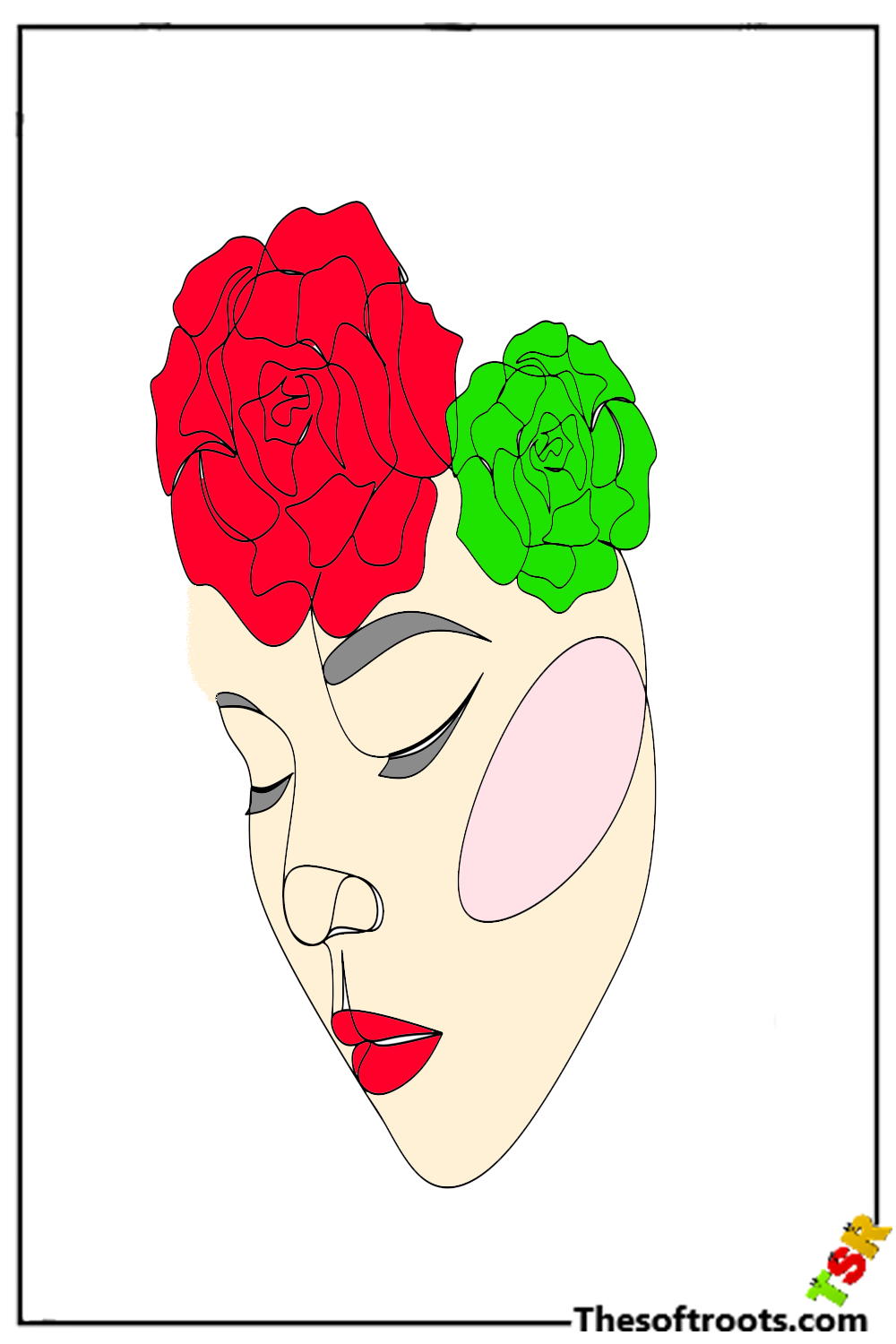A PARENT’S GUIDE: HEALTH PRECAUTIONS FOR CHILDREN
As parents of young children, you may be feeling anxious watching the news update of the recent outbreak in China affecting thousands around the globe. Meanwhile in Malaysia, there had been localised cases of hand, foot and mouth disease amongst children as well as the seasonal flu.
At The children’s house, we have put stringent protective measures in place across all our centres. These include:
- Health checks outside the school.
- Restricted entry for children who display symptoms such a fever or respiratory symptoms.
- Ongoing personal hygiene and environmental hygiene across all centres.
- Increased frequency of taking temperature and visual checks for both children and staff.
However, these protective measures should also extend to the home. The situation might look bleak at the moment when facing a barrage of circulating viruses, but it’s imperative to keep our loved ones (and ourselves) safe. Naturally, you’d want to understand how the viruses spread and its symptoms to better dictate the best course of action should anything unfortunate happen. Here are some things you should know:
Novel Coronavirus
The 2019-Novel Coronavirus (2019-nCoV) or recently renamed as COVID-19 (CoronaVirus Disease 2019), is a new strain of virus; similar to that of MERS-CoV and SARS-CoV, both of which originated from animals [1].
Studies have been conducted to trace the origin of the virus outbreak. One study mentions bats as typical coronavirus hosts, although the link to the outbreak is still vague [2]. The study looked at five infected patients and compared the samples to the bat; and discovered a 96% identical genome sequence or DNA. It is strongly believed that ground zero of the outbreak is the “wet market” in Wuhan.
The chaos surrounding this epidemic is due to its contagious nature; infecting over 14 411 people in China and 146 people as of 1st February 2020 and steadily rising. As of 26th February, the number of those infected has increased to 80 239 cases in a spread of over 30 countries with 2 666 recorded deaths as reported by the World Health Organisation (WHO) International [3].
The WHO recently declared the situation as PHEIC. Also known as a “Public Health Emergency of International Concern” [4]. Common symptoms include coughing, difficulty breathing, acute fever, shortness of breath and other respiratory problems. In devastating cases, the infection may lead to pneumonia, severe acute respiratory syndrome, kidney failure and eventually death. Recent updates linked to the novel coronavirus in Malaysia involves those who had travelled to China.
Another virus making rounds within the local community is the seasonal flu or influenza.
Influenza
The types A, B and C influenza viruses share many symptoms with the common cold but they differ in a sense that the latter is mild whereas the former may develop into an onset of serious health problems. The world has seen a few influenza pandemics circa 2000, which included swine and avian flu. In Malaysia, the most prevalent virus is type A, which spreads from animals to humans [5][5a].
A joint study between universities revealed that children and older folk are susceptible to the disease. Symptoms exhibited by the infected include nasal secretions, fever, chills, loss of appetite. The respiratory illness is easily contracted from person to person via air droplets released while the infected is either sneezing or coughing [6].
Influenza A affects people of all ages and is recognised as the seasonal flu. On the other hand, parents also need to know another virus typically affecting children.
HFMD
The hand, foot and mouth disease (HFMD) is caused by a group of viruses; most common being the coxsackievirus A16 and Enterovirus 71 strain. The virus incubates in bodily secretions such as nasal mucus (saliva) and stool. It is spread via personal touch, airborne from coughing, faecal matter from the infected and contaminated surfaces and objects. Those infected may show signs of fever and prominent rashes on hands and feet. Other symptoms include appetite loss, fever, irritability, headache and a sore throat.
While both adults and children can contract the disease, children are more susceptible. In an interview with a Singaporean doctor, he said that children below 5 years old are more vulnerable as they have yet to develop a strong immune system. He further advised parents to watch out for the early risk indicator which is temperatures that rise above 32 degrees Celsius. A warm and dry climate quintessentially sees a rise in HFMD cases in children [7].
Mode of Transport
The three distinct groups of viruses show similar modes of contagion: through the orifice when coughing or sneezing and through personal touch when shaking hands, etc. Those infected often find themselves sick after touching a tainted surface then their face.
The Health Ministry is a good source of information when you find yourself in the middle of outbreaks such as HFMD, influenza and the Wuhan virus. Their advice to the people, especially to parents, is to play the proactive role in containing and controlling the disease for themselves and at home, since children and the elderly are more vulnerable [8]. Here are some important precautionary steps parents can take:
Personal Hygiene (Self Defence)
Personal hygiene is important when battling the onslaught of circulating diseases. Make it a habit for the younger ones to reduce the risk of infection by using soap and rinsing their hands when coming home from outside, before meals and right after using the washroom. Be vigilant of the proper technique of hand washing and take your time. Clean the palms, the back of the hands, between the fingers as we as the wrists for at least half a minute to ensure thorough cleaning.
It’s also good to remind your child of good manners whenever sneezing or coughing. This might be hard as children often forget to cover their mouth or sneeze into the crook of their elbow. One teacher in the US found a trick where he encouraged young children to dab when sneezing!
Established organisations such as World Health Organisation (WHO), an international public health department under the United Nations and Centers for Disease Control and Prevention (CDC), United States’ leading institute of public health, both of which are recognised organisations have also advised against consuming raw food at the time being. The unclear origin of which animal this virus came from means one should always be vigilant of their food sources such as sashimi, half-cooked beef and eggs.
Sharing is not caring
At times like these, it’s alright not to share. Avoid sharing food and drinks, utensils, toys, clothes and towels at home. As mentioned previously, viruses such as nCoV, Influenza A and HFMD spread easily via bodily mucus, touching infected surfaces and stools. It is shared knowledge that children cannot help but touch their mouth constantly which spreads the disease easily.
Watchful Eye
Whenever your child exhibits any symptom similar to the nCoV, Influenza A or even HFMD such as fever, vomiting, rashes or lethargy, please take your child to the nearest paediatrician or healthcare facility for treatment. Rest assured that The children’s house staff constantly working to ensure the health environment of the school is above standards.
Keep up-to-date
Speak with your paediatrician and ensure that your child is up-to-date on their vaccination. Unnecessarily falling ill during these times will only complicate their health.
Treatment
Viruses are parasites that depend on hosts to survive [9]. Often, treatment for viral infections tends to symptoms only.
There is neither vaccine nor cure to HFMD, but it usually goes away on it’s own after 7-10 days, with pain reliever as a prescription to make the situation more comfortable.
With ample rest and quarantine, Influenza A will go away within a week, while severe symptoms lasts up to 3-4 days.
As for COVID-19, a cure is still at large and scientists around the globe are working around the clock for a breakthrough [10].
Stay physically fit and mentally well
Staying fit constitutes both exercise and diet. Children’s Hospital of Orange County (CHOC) doctors highly recommend that children stay active as research has proven that a child’s resilience to falling ill is decreased significantly when they are active due to good circulation of white-blood cells [11].
Mental health on the other hand is often affected by sleep. The amount of rest a person receives ultimately affects their performance and behaviour. A child should have regulated sleep cycles of at least 10 to 12 hours, depending on their age [12]. The combination of physical and mental well-being makes for an overall healthier child who can take on the world.
Additionally, keep positivity afloat by having a positive mindset! At the time of this writing, news of a patient who was recently discharged from the Sultanah Bahiyah Hospital, Alor Setar, broke out, bringing the total tally of patients who fully recovered from the coronavirus in Malaysia to 18. The number of those still warded in local hospitals have since reduced to only four cases [13]. The rate of recovery in COVID-19 infected patients are on the brighter side as recovery rates in China (ground zero of the disease) rose to 10.6% compared to the initial 1.3% [14].
Datuk Dr. Christopher Lee, the former Head of Infectious Disease of the Ministry of Health Malaysia, also added that those who had been infected with the virus will not have it recurring within them [15].
Most importantly, do watch the news and for updates. Panicking only mongers fear which is hardly helpful in these situations. Here are some helpful infographics created by the Malaysian Ministry of Health on the nCoV epidemic: http://www.moh.gov.my/index.php/pages/view/2264
For live updates of the 2019-Novel Coronavirus from around the world, The Guardian UK provides news live-stream: https://www.theguardian.com/world/live/2020/jan/31/coronavirus-live-updates-china-wuhan-death-toll-who-global-health-emergency-latest-news
Resources +














Post Comment